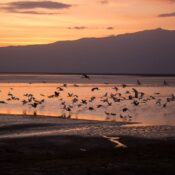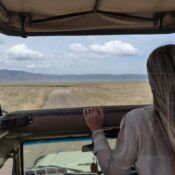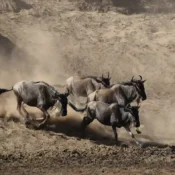08 Reasons a Low-Season Safari is the BEST Decision You’ll Ever Make!
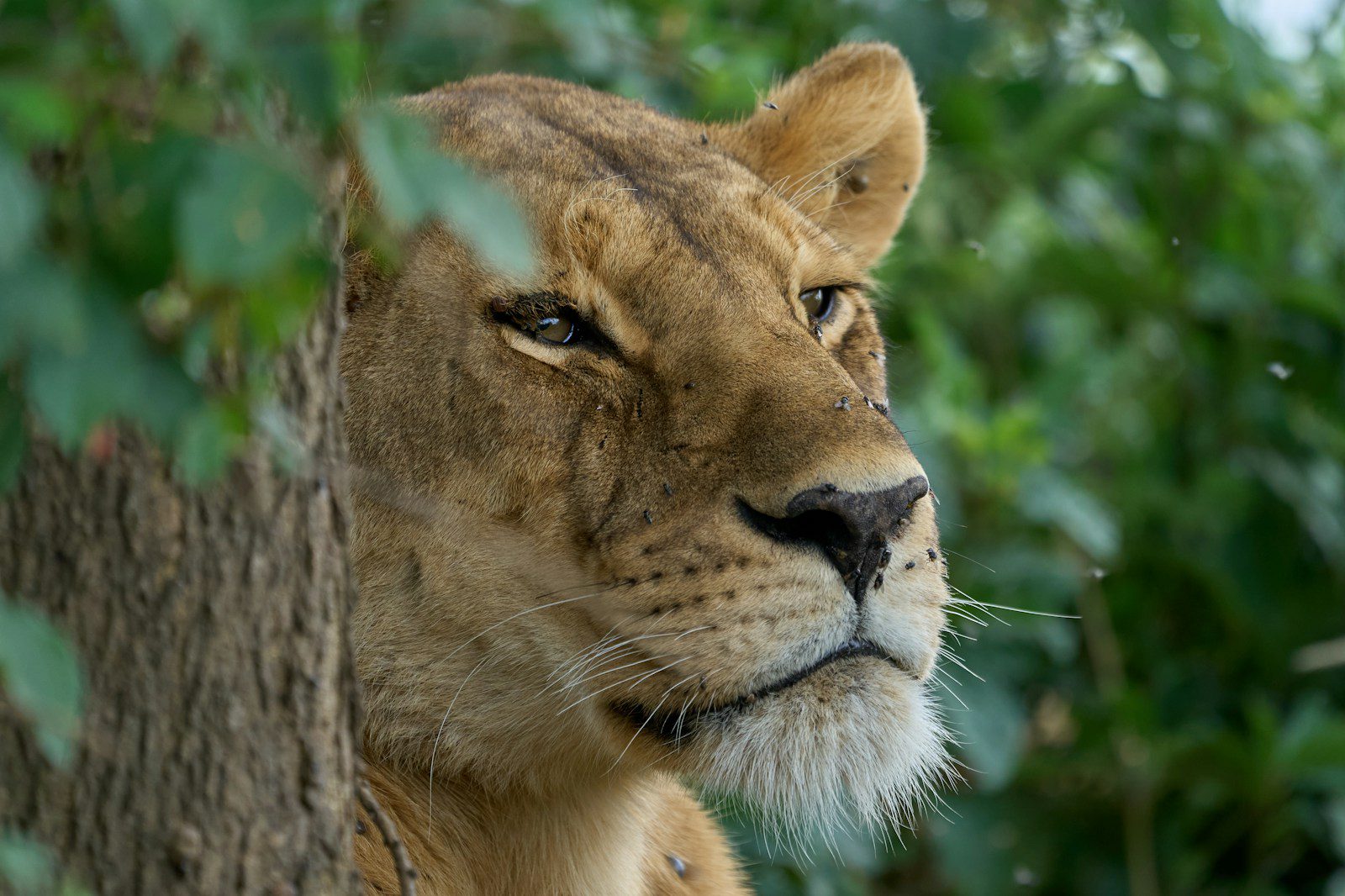
08 Reasons a Low-Season Safari is the BEST Decision You’ll Ever Make!
Think you know the best time for an African safari? Think again. While most travelers flock to parks during peak dry seasons, savvy adventurers are discovering a well-kept secret: the low season (or “green season”) delivers unmatched rewards—from heart-pounding wildlife encounters to jaw-dropping savings.
Picture this: Exclusive game drives where you’re the only vehicle at a lion sighting. Lush, emerald landscapes teeming with newborn animals. Luxury lodges at half the price, with staff dedicating undivided attention to your experience. Add dramatic storms painting the sky, vibrant bird migrations, and cultural interactions without the crowds, and you’ve got a safari that’s wildly different—and wildly better—than the standard dry-season itinerary.
Table of Contents
In this guide, we’ll shatter the myths about low-season travel and reveal 08 spectacular reasons why this underrated time of year isn’t just good—it’s the ultimate safari hack. Whether you’re a budget-conscious traveler, a photography enthusiast, or simply crave an authentic wilderness escape, the low season delivers more magic, fewer compromises.
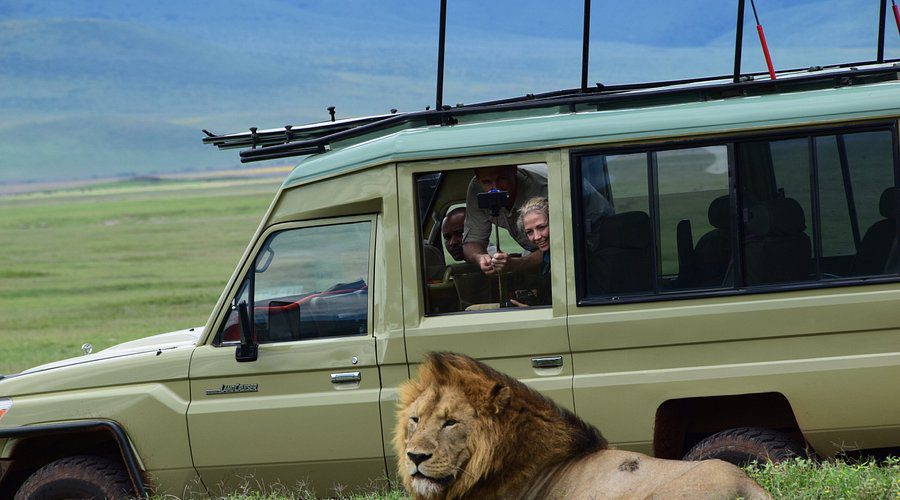
01. Fewer Crowds & More Exclusive Safari Experiences
The greatest luxury in Africa isn’t five-star lodges or private butlers—it’s space. Space to witness a lioness teaching her cubs without a dozen vehicles jostling for position. Space where your morning coffee comes with elephants at the waterhole instead of other tourists. This is what Tanzania’s low season delivers—an authentic, crowd-free wilderness experience that peak-season travelers never see.
Between March-May and November, Tanzania’s landscapes transform into emerald wonderlands where wildlife thrives and crowds vanish. The Serengeti’s endless plains become your private theater for predator-prey dramas, Ngorongoro’s crater floor turns into an exclusive wildlife sanctuary, and Tarangire’s baobab-dotted savannahs offer front-row leopard sightings without the audience. Photographers revel in the golden-hour glow that lasts all day, while luxury lodges—now blissfully uncrowded—deliver personalized attention that turns every game drive into a tailor-made adventure.
This is safari purity: waking to birdsong instead of engine noise, tracking wild dogs for hours without time constraints, and sharing sundowners with just your guide and the setting sun. The occasional rain shower? A small price for landscapes reborn in vibrant greens, newborn animals taking their first steps, and the rare privilege of experiencing Africa’s greatest wilderness areas as they were meant to be—wild, free, and yours alone. Tanzania’s low season doesn’t just offer a safari—it offers the soul of safari.
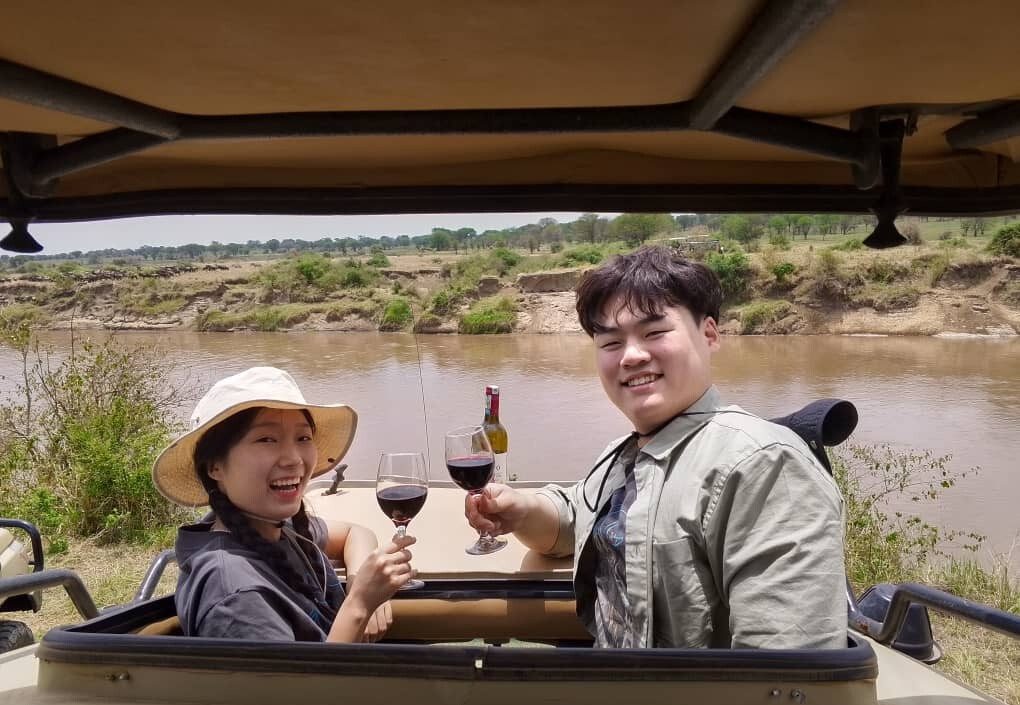
02. Lower Prices & Better Deals: Unlocking Tanzania’s Safari Value
Tanzania’s low season transforms what’s typically considered a luxury experience into an unexpectedly affordable adventure. While the country’s world-class safari circuit commands premium prices during peak months, the green season (March-May and November) offers a financial reprieve that makes high-end wilderness experiences accessible to a broader range of travelers.
The price differential can be staggering. Properties that would normally be completely out of reach suddenly become viable options, with rates at premier lodges and tented camps dropping significantly. This pricing shift means travelers can enjoy butler service, private plunge pools, and gourmet bush dinners at properties like Singita Grumeti or &Beyond Ngorongoro Crater Lodge for a fraction of their high-season cost.
Beyond just lower nightly rates, safari operators roll out enticing incentives during these quieter months. Extended stay discounts become common, with many camps offering complimentary nights for longer bookings. The value extends to experiences too – activities that would normally carry hefty surcharges or be fully booked, like hot air balloon safaris over the Serengeti or private guided walking safaris, suddenly become more available and affordable.
What makes these deals particularly compelling is that the core experience remains largely unchanged. The wildlife viewing is still exceptional – in many cases enhanced by the lush landscapes and newborn animals. The service often improves with higher staff-to-guest ratios, allowing for more personalized attention. And with fewer vehicles in the parks, game drives feel more exclusive rather than budget-conscious.
For savvy travelers willing to trade the predictability of dry season weather for significant savings and a more intimate experience, Tanzania’s low season presents an unparalleled opportunity to experience world-class safari luxury at approachable prices. It’s a chance to enjoy all the magic of an African safari while keeping more funds available for future adventures.

03. Lush, Green Landscapes & Stunning Scenery: Tanzania’s Emerald Season
Tanzania undergoes a breathtaking metamorphosis during the low season, trading its golden dry-season palette for a vibrant emerald wonderland. Where dusty plains once stretched, lush grasses now ripple in the wind, dotted with wildflowers and fed by seasonal streams. This dramatic transformation creates some of Africa’s most photogenic safari scenery.
The changing landscape brings spectacular atmospheric effects. Towering cumulus clouds build throughout the day, creating ever-changing backdrops for your wildlife photography. Sunsets become particularly dramatic, with storm clouds refracting the fading light into fiery oranges and deep purples. After rains, the air becomes crystal clear, offering unobstructed views of Kilimanjaro’s snow-capped peak from Amboseli and razor-sharp vistas across the Serengeti plains.
Water sources that lay dormant for months suddenly spring to life. Seasonal rivers begin flowing, attracting wildlife from miles around. Waterholes fill to capacity, becoming hubs of animal activity where elephants splash and predators come to drink. The Ngorongoro Crater transforms into a shimmering green bowl, its floor dotted with mirror-like pools reflecting the surrounding highlands.
For photographers, these months offer unparalleled opportunities. The diffused light eliminates harsh shadows, while the vibrant greenery provides rich contrast to wildlife subjects. Migratory birds in breeding plumage add splashes of color to every frame. Most importantly, you’ll have the time and space to compose your shots without the pressure of crowded viewing areas.
This seasonal transformation affects animal behavior too. Herbivores spread across rejuvenated grazing areas, while predators take advantage of the tall grass for ambush hunting. Birdlife explodes as migrants arrive and resident species begin nesting. Every game drive becomes a journey through a landscape that feels freshly awakened, alive with color, sound, and movement in ways the dry season can’t match.
While the dry season offers easier wildlife spotting, the low season delivers something equally valuable – a chance to see Tanzania’s wilderness at its most visually spectacular and ecologically vibrant. It’s Africa not just as a wildlife destination, but as a living work of art.
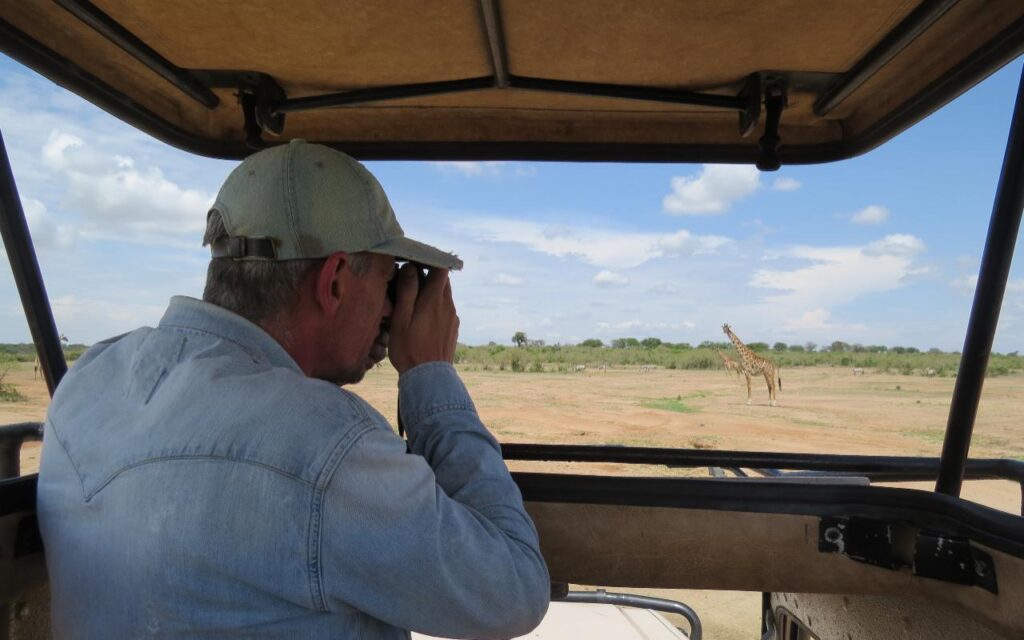
04. Cool Comfort & Dust-Free Game Drives: Tanzania’s Pleasant Secret
While Tanzania’s dry season bakes the landscape into a dusty furnace, the low season brings refreshing relief for those who prefer milder safari conditions. The seasonal rains work their magic, transforming the safari experience into something far more comfortable without sacrificing wildlife viewing opportunities.
Temperatures become noticeably more pleasant during these months. Where peak season can bring sweltering midday heat exceeding 35°C (95°F), low season temperatures typically hover in the perfect safari range of 24-28°C (75-82°F). Mornings dawn crisp and cool – ideal for those early game drives – while evenings invite comfortable sundowners without the oppressive heat that lingers in dry months.
The difference in air quality is remarkable. Seasonal rains suppress the choking dust clouds that follow safari vehicles in the dry season, meaning you can actually breathe deeply during game drives. Open vehicles become a pleasure rather than an endurance test, with clean air carrying the scent of rain-dampened earth and flowering acacias. Your camera gear and clothing stay cleaner too, free from the fine red dust that permeates everything during arid months.
Afternoon thundershowers (which typically last just an hour or two) leave behind freshly scrubbed air and sparkling landscapes. Wildlife becomes more active in these comfortable conditions – you’ll spot predators hunting in the cooler morning hours rather than sleeping through the midday heat. Even the animals seem to appreciate the change, with elephants reveling in muddy wallows and birds bathing in rain-filled hollows.
For travelers who want to focus on wildlife rather than endure extreme weather, Tanzania’s low season offers ideal safari conditions. You’ll trade dust masks for deep breaths of clean air, sunstroke risks for comfortable exploration, and bleached-brown landscapes for vibrant green backdrops – all while enjoying the same incredible wildlife sightings with far fewer visitors. It’s Tanzania at its most comfortable and enjoyable.

05. Baby Animals & The Circle of Life: Tanzania’s Nursery Season
Tanzania’s low season transforms into nature’s grand nursery, offering front-row seats to one of the planet’s most heartwarming wildlife spectacles. As the first rains quench the parched earth, the bush erupts with new life in an extraordinary display of nature’s renewal.
The Serengeti ecosystem becomes a living classroom of wildlife behavior during these months. February through March marks the peak of the wildebeest calving season in the southern plains, where over 8,000 babies are born daily – a spectacle of such intensity that National Geographic dubbed it “The Greatest Show on Earth.” Tiny wildebeest calves take their first wobbly steps within minutes of birth, while protective mothers form defensive circles against opportunistic predators.
Predators capitalize on this bounty, creating dramatic hunting scenarios. Lion prides station themselves near calving grounds, their cubs learning to hunt by observing adults. Cheetah mothers use the taller grasses to teach their spotted youngsters stalking techniques. Even normally solitary leopards are more visible as they introduce their cubs to territory boundaries.
The magic extends beyond the Serengeti:
- Tarangire’s elephant herds welcome playful calves that splash in seasonal marshes
- Ngorongoro’s flamingos nest by the thousands in soda lakes
- Selous’ wild dog packs become particularly active as they hunt to feed growing pups
Photographers cherish this period for capturing tender moments – a giraffe mother nuzzling her calf, zebra foals testing their gangly legs, or lion cubs tumbling over each other in play. The abundance of young animals means constant activity, with every game drive offering new discoveries.
This season provides more than just cute photo opportunities – it’s a masterclass in survival strategies. You’ll witness nature’s raw beauty and harsh realities simultaneously, as vulnerable newborns learn to navigate a world of predators. For those seeking an authentic, emotionally charged safari experience, Tanzania’s “baby season” delivers unforgettable encounters with the circle of life in its most primal and poignant form.
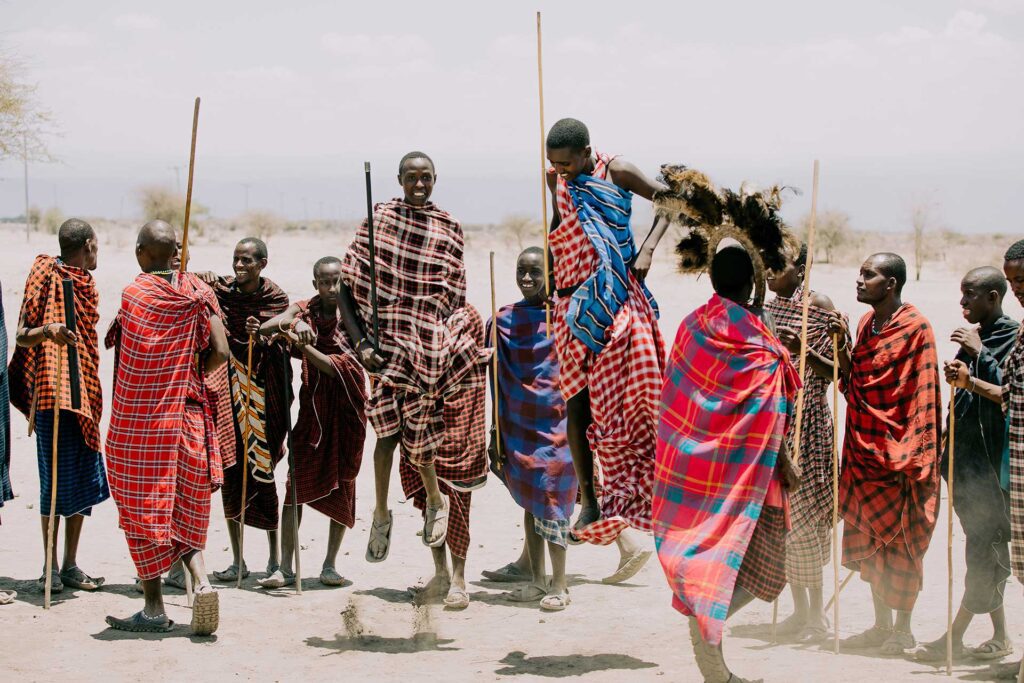
06. Authentic Cultural Immersion: Northern Tanzania’s Living Heritage
Tanzania’s low season unveils a rare opportunity to connect deeply with the country’s rich cultural tapestry. With tourist numbers dwindling, you’ll experience human encounters that feel genuine rather than performative – the difference between watching a documentary and living the story yourself.
Village visits transform during these quiet months. In northern Tanzania, Maasai elders welcome visitors into their bomas with unhurried hospitality, sharing stories passed down through generations without the distraction of multiple tour groups. Near Lake Eyasi, Hadzabe hunter-gatherers invite participation in their daily foraging activities rather than staged demonstrations. The pace slows enough for meaningful exchanges – perhaps learning to milk cattle with a Datoga tribeswoman or grinding maize with a Chagga family near Kilimanjaro.
Your safari guides – often from local communities themselves – become cultural ambassadors rather than just wildlife spotters. With fewer vehicles to manage, they share personal anecdotes about growing up near these wild spaces, explain medicinal plant uses, and point out seasonal traditions you’d miss in busier times. Many lodges use this period to bring in special cultural performers – storytellers, traditional healers, or tribal elders – who rarely interact with peak-season crowds.
The calendar offers unique low-season cultural events:
• The Karibu Cultural Tourism Festival in May showcases Tanzania’s diverse ethnic groups
• Local harvest celebrations in the Southern Highlands during March-April
• Maji Maji Memorial events in Songea during July-August
Without the high-season rush, you might find yourself invited to impromptu village celebrations or school visits where your presence feels like a cultural exchange rather than tourism. Lodges often arrange special market visits where you can shop alongside locals rather than at curated “cultural centers.”
This is Tanzania beyond the wildlife – where you’ll remember the laughter shared over a cooking fire as vividly as any lion sighting, and return home with not just photos, but genuine connections to the people who call this magnificent wilderness home.

07. Easier Availability & Last-Minute Bookings
Tanzania’s low season liberates travelers from the rigid advance planning that safaris typically demand. Where peak season requires military-style booking operations a year out, the green season offers delicious flexibility – the chance to follow safari inspiration whenever it strikes.
The difference in availability is staggering. Those coveted front-row suites at Serengeti lodges with private plunge pools? Available. That exclusive mobile camp in the remote western corridor? Taking bookings. Even legendary properties like Singita Faru Faru or Ngorongoro Crater Lodge regularly have openings just weeks – sometimes days – before arrival. This means you can secure prime accommodations that would be unimaginable in high season, often at significant savings.
The spontaneity transforms the entire safari experience. Rather than locking into a fixed itinerary months in advance, you can design your trip around current wildlife movements. Heard the wildebeest are calving early in the Southern Serengeti? Adjust your route accordingly. Discovered an extraordinary bird migration in Tarangire? Extend your stay. Lodges appreciate the flexibility too – with fewer guests, they can accommodate special requests that would be impossible during peak crowds.
This freedom extends to every aspect of the journey. Last-minute domestic flights between parks have availability. Private guides – often booked solid in high season – can be secured on short notice. Even premium experiences like hot air balloon safaris or walking expeditions become spontaneously bookable.
For modern travelers tired of rigid itineraries, Tanzania’s low season offers a rare gift: the ability to experience one of the world’s greatest safari destinations on your own terms, with the luxury of deciding when and where to go as the spirit moves you. It’s safari spontaneity at its finest – where the only fixed element is the guarantee of extraordinary wildlife encounters, available exactly when you’re ready for them.

08. Excellent Birdwatching Opportunities
While many associate Tanzania with its legendary mammals, the low season transforms the country into one of Africa’s most extraordinary birdwatching destinations. From November through April, the skies and waterways come alive with a feathered spectacle that rivals the Great Migration in its intensity and drama.
The arrival of Palaearctic migrants creates a twitcher’s dream. Flamingo numbers in Lake Manyara swell into the millions, their pink carpets visible from space. Woodlands throughout Tarangire and the Serengeti host over 50 migratory species, from vividly-hued European rollers to steely-eyed Eurasian hobbies. The Selous becomes a haven for waterbirds, with African skimmers slicing across rivers alongside rare Pel’s fishing owls.
Breeding seasons bring out nature’s most flamboyant fashions. Male bishops flame crimson across grasslands, weavers glow like golden ornaments in acacia trees, and lilac-breasted rollers – Tanzania’s national bird – perform aerial courtship displays. Even normally subdued species like herons and storks transform, growing elaborate plumes for mating rituals.
The rains supercharge the food chain. Termite hatcheries after storms attract hundreds of bee-eaters and starlings. Seasonal ponds teem with frogs, drawing saddle-billed storks and fish eagles. The lush vegetation shelters countless nests, offering glimpses of parent birds feeding demanding chicks.
Specialist guides have more time during this season to seek out Tanzania’s avian jewels:
- The elusive Usambara eagle-owl in the Eastern Arc Mountains
- Endemic rarities like the Tanzanian red-billed hornbill
- Massive flocks of carmine bee-eaters along riverbanks
In the low season, Tanzania’s wildlife flourishes, providing unique sights and sounds for avid birdwatchers. With over 1,100 bird species present, including 34 endemics, this time of year offers unparalleled diversity amidst a serene atmosphere without the typical tourist crowds. Specialist guides are afforded the opportunity to showcase Tanzania’s avian treasures, making it an ideal choice for those seeking a distinctive safari experience.
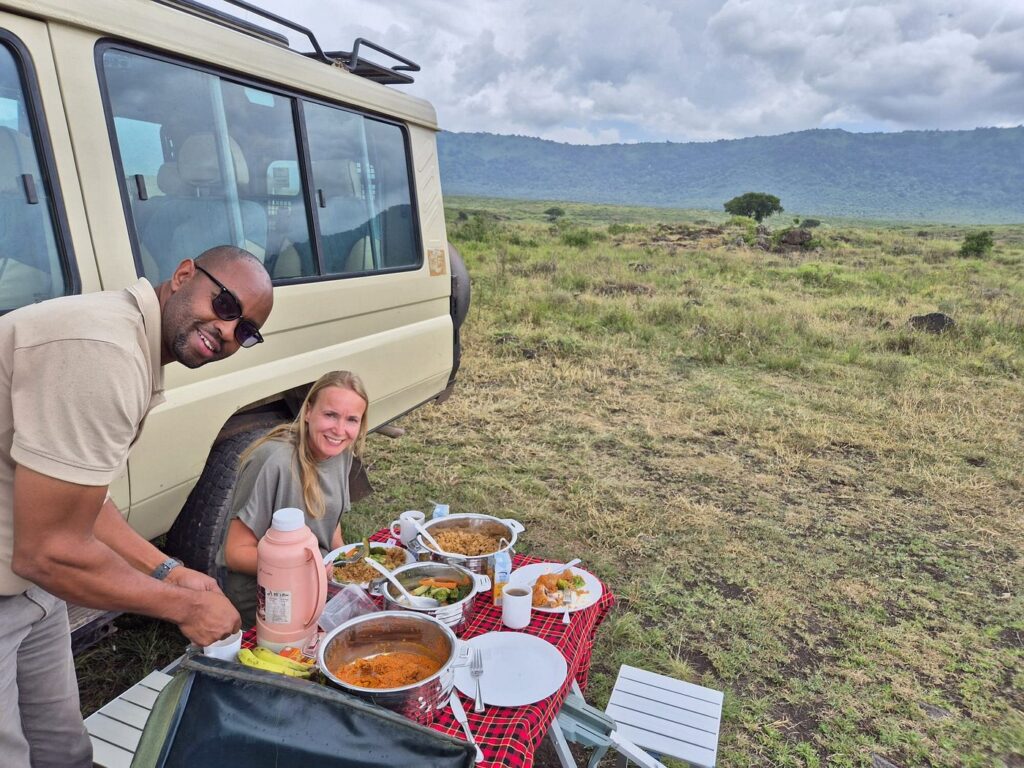
Why Choose a Low-Season Safari in Tanzania with Safari Stride?
Tanzania transforms into an undiscovered paradise during the low season (April-May and November-early December), offering a safari experience unlike any other. With Safari Stride, you’ll unlock the magic of Tanzania’s wilderness without the crowds—just endless golden savannahs, dramatic river crossings, and intimate wildlife encounters.
Imagine having the Serengeti nearly to yourself, where lion prides roam freely and migrating herds thunder across emerald-green plains. Our expert guides know every hidden corner, ensuring you witness Tanzania’s most spectacular moments in ultimate privacy. From luxury lodges at exceptional value to tailor-made game drives at your pace, we craft safaris that go beyond the ordinary.
This is the Tanzania few travelers see—where storm-lit skies paint unforgettable sunsets, newborn wildlife takes its first steps, and every moment feels exclusively yours. With fewer vehicles at sightings and more flexibility in your itinerary, you’ll experience Africa’s raw beauty on a deeper, more personal level.
Safari Stride turns the conventional safari on its head, proving the low season isn’t just an alternative—it’s the most rewarding way to explore Tanzania. This is where bucket-list moments meet unrivaled value, where you don’t just see Africa, you feel it.
The wilderness is calling. Will you answer?
Recent Posts


